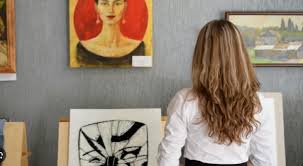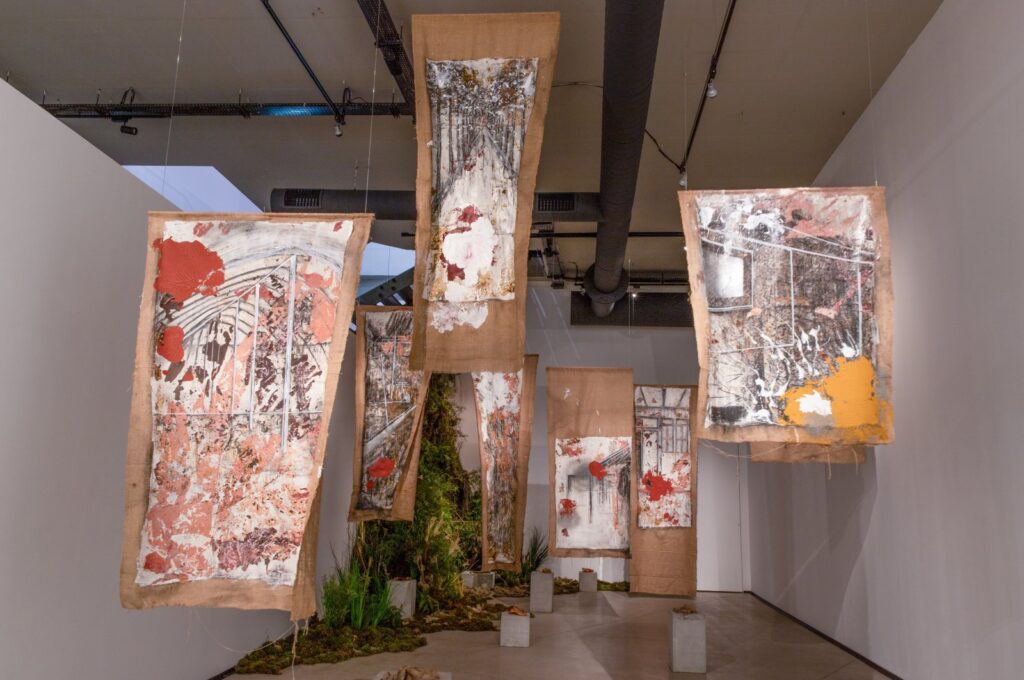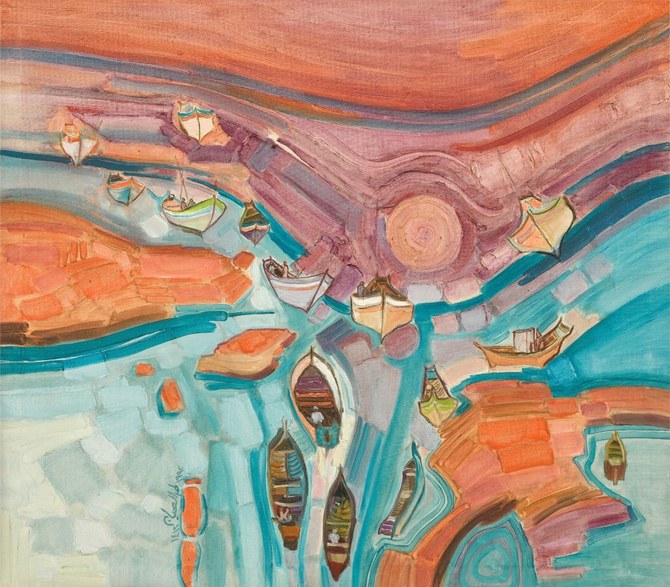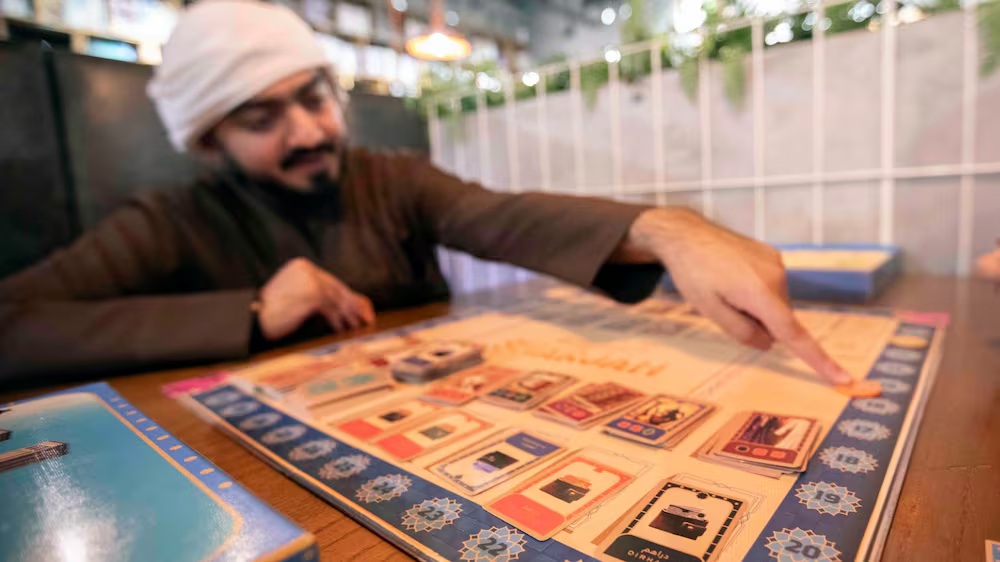
Razmig Bedirian
Few pieces better represent the failure of institutions to return looted artworks than the Benin Bronzes.
An umbrella term for a group of sculptures and metal plaques that decorated the royal palace of the Kingdom of Benin in what is now southern Nigeria, the Benin Bronzes were created from the 13th century onwards by Edo artists and were stolen by British troops in 1897.
:quality(70)/cloudfront-eu-central-1.images.arcpublishing.com/thenational/KGQMJMT33WTVH2AWTGUZUOYTWI.jpg?w=810&ssl=1)
Since then, they have dispersed around the world. Today, the majority of the artworks are in state-owned museums around Europe.
The British Museum alone has more than 700 objects from the historic kingdom in its collection. The Ethnological Museum of Berlin has the second largest collection of Benin Bronzes with more than 500 pieces.
There have been several calls for western museums to return the Benin Bronzes, as well as other stolen artworks to their rightful homes. A few of the looted pieces have been returned. Most recently, the University of Aberdeen and Cambridge University’s Jesus College returned two pieces to Nigerian High Commission last month. However, according to Nigerian artist Chika Okeke-Agulu, a vast majority of museums, particularly those who hold most of the Benin Bronzes, “have found very creative ways of avoiding these calls”.
“They have enacted laws when they are owned by states, or they have established non-written forms of behaviours if they are privately owned institutions answerable to wealthy people and boards of trustees,” Okeke-Agulu said during a panel on Restitution and Repatriation of Looted Artworks and Artefacts at the March Meeting in Sharjah, which is centred on issues of post-colonialism.
Among these avoidance tactics, he said, was the “retain and explain” approach, which strives to alleviate the ethical and political tension of owning these works by being transparent about how they were acquired.
“There’s an exhibition ongoing right now at the Metropolitan Museum of Art called The African Origin of Civilisation: Myth or Reality,” said Okeke-Agulu, who is also director of the programme in African Studies at Princeton University.
“It’s a truly exceptional exhibition. Powerfully installed with incredible works of art made by artists from the African continent,” he said.
One of the exhibition’s main achievements, he said, is pairing works from Pharaonic Egypt with those from other parts of Africa. A step towards eradicating a long-standing prejudice that distinguished Egyptian art as a higher form than those from the rest of the continent.
:quality(70)/cloudfront-eu-central-1.images.arcpublishing.com/thenational/Q64CCHITL7HSE5LHY4TMVB3C2A.jpg?w=810&ssl=1)
Out of 21 African artworks displayed alongside ancient Egyptian pieces, Okeke-Agulu said, five were Benin Bronzes. The works contain sculptures depicting animal and human figures, fragments and relief works. The New York museum, he said, like a few others, is trying to inform viewers of how the works came to be in the West, and be forthcoming about the story of the looting of these objects and the fact that there have been calls for them to be returned.
“What it does not say is what they are going to do about that,” Okeke-Agulu said.
“It also tells you, as does the British Museum on the other side of the Atlantic, that they are doing a lot to help build a museum in Benin [City], that they have been participating in the Benin dialogue group in digital projects, in the possibility of loaning the works to the museum being built in Benin,” he said. “It says nothing about the call for repatriation or restitution.”
Okeke-Agulu also said the British Museum Act of 1963, which was put in place to prevent the museum to dispose its holdings except in special, pre-designated circumstances.
It is this legislation, Okeke-Agulu explained, that prevents the museum from deaccessioning looted artworks in its collection, including the Benin Bronzes. The act, he pointed out, was enforced a mere three years after the Year of Africa, when 17 African nations gained independence from French, British and Belgian colonial forces.
“It’s not unlikely that that Act was enacted to prevent these decolonising nations from knocking on their doors,” he said.
During the talk, Ghanaian-British architect David Adjaye, the designer behind the new Benin museum in Nigeria — and Abu Dhabi’s Abrahamic Family House — said the looting of the Benin Bronzes were one aspect of the erasure of a city with a cultural history that spanned 1,000 years.
:quality(70)/cloudfront-eu-central-1.images.arcpublishing.com/thenational/TC4J2KSYXUXIDMCXXF253XJWIA.jpg?w=810&ssl=1)
“It’s one of the most heart-wrenching things to be able to go to a city with so much history and to hold fragments as a way to try to stitch back the incredible power of that place,” he said.
Adjaye said there was a systematic discussion by British colonial forces to destroy the palaces, to destroy the spaces in which the Benin Bronzes were, to decontextualise the objects in order that they can be “reassembled and reimagined in new forms as colonial tropes of war”.
“It was really the basis by which we started to understand what our job was going to be in this project,” Adjaye said.
“These objects were sacred shrine objects mostly, or palace objects or objects of governance and history which had a direct relationship to architecture, and the way in which architecture and art curates culture.”
The British destruction of Benin, he said, is erasure that destroyed the collective memory of the community of what their own city was like.
“What is inherited is a kind of post-war blockwork modernist city, which is counter to everything to do with the way in which, for a thousand years, their civilisation had lived. When you do discussions with schoolchildren, which we had done, there is no memory of what Benin was, and Benin literally is Rome or Athens in Africa.”
Courtesy: thenationalnews
The post How the looted Benin Bronzes are symbolic of colonial cultural erasure appeared first on The Frontier Post.








